What host plants have you seen the: Harris' Checkeredspot use?
njbiology
16 years ago
Related Stories
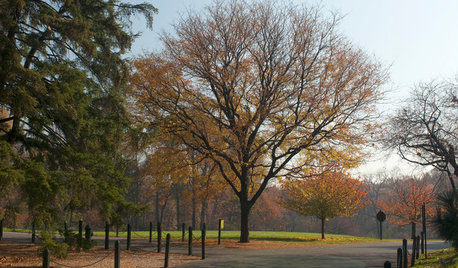
GARDENING GUIDESGreat Design Plant: Honey Locust Tree
No, it doesn't actually produce honey. But its dappled light and tolerant nature are treats in city and country settings alike
Full Story
DECORATING STYLESGet the Look: 10 Elements of Parisian Apartment Style
The right mix of architecture, finishes, furniture, lighting and artwork will make your room look set to host a salon
Full Story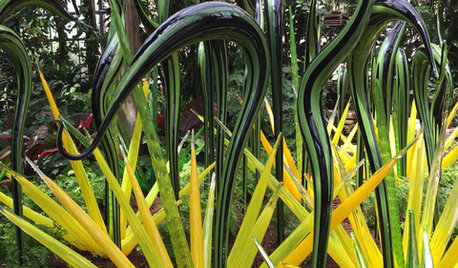
EVENTSSee ‘Chihuly in the Garden’ at the Atlanta Botanical Garden
The glass artist’s work is well-sited to complement and contrast with beautiful plantings. His new installation opens Saturday
Full Story
EARTH DAY5 Ideas for a More Earth-Friendly Garden
Consider increasing the size of garden beds, filtering rainwater and using plants to reduce energy use
Full Story
HOUZZ TOURSHouzz Tour: Tree House Living Inspires Southern Home
Embracing nature but with comforts like a hanging hot tub, this South Carolina house lets the homeowners enjoy the best of both worlds
Full Story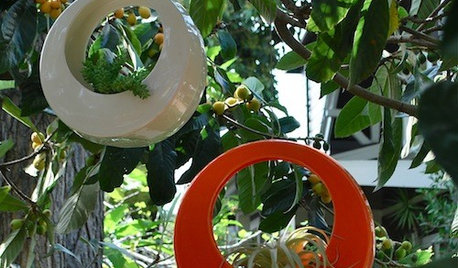
GARDENING AND LANDSCAPING40 Great Gifts for Gardeners
What to Get for Green-Thumb Types. It's a No-Gnome Zone.
Full Story
DECORATING GUIDESHouzz Tour: Victorian With a Modern Outlook
Layering in furnishings from style eras up to the present gives a period home’s decor a collected-over-time look
Full Story
HOUZZ TOURSHouzz Tour: Country Meets Contemporary in a Michigan Getaway
Soothing neutrals, casual furnishings and nearby Lake Michigan offer a Chicago couple and their guests a respite from city chaos
Full Story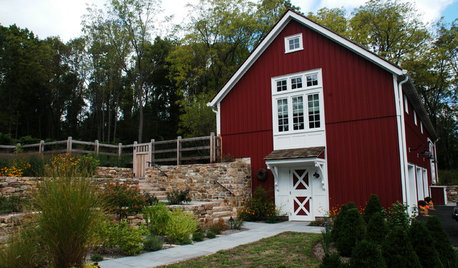
HOUZZ TOURSHouzz Tour: Farmhouse Meets Industrial in a Restored New Jersey Barn
Amish craftsmen, trusting clients and an architect with a vision save a historic barn from a complete teardown
Full Story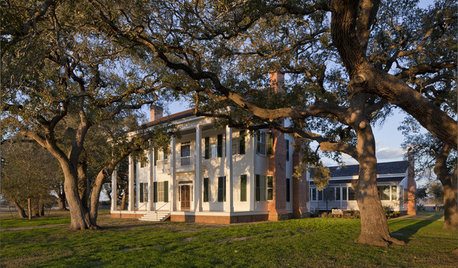
HOUZZ TOURSHouzz Tour: An 1850s Ancestral Home in Texas Rises Again
See how exacting research and meticulous renovations gave a retired couple their dream home on a regained family plantation
Full Story





njbiologyOriginal Author
njbiologyOriginal Author
Related Professionals
Dedham Landscape Contractors · Desert Hot Springs Landscape Contractors · Edwardsville Landscape Contractors · El Reno Landscape Contractors · Palatine Landscape Contractors · Santa Maria Landscape Contractors · Charlotte Fence Contractors · Chesterfield Fence Contractors · Corona Fence Contractors · Cutler Bay Fence Contractors · Folsom Fence Contractors · Maryland City Fence Contractors · Greatwood Window Contractors · Opa Locka Window Contractors · Tamalpais-Homestead Valley Window Contractorsbutterflymomok
jrcagle
linda_centralokzn6
njbiologyOriginal Author
jrcagle